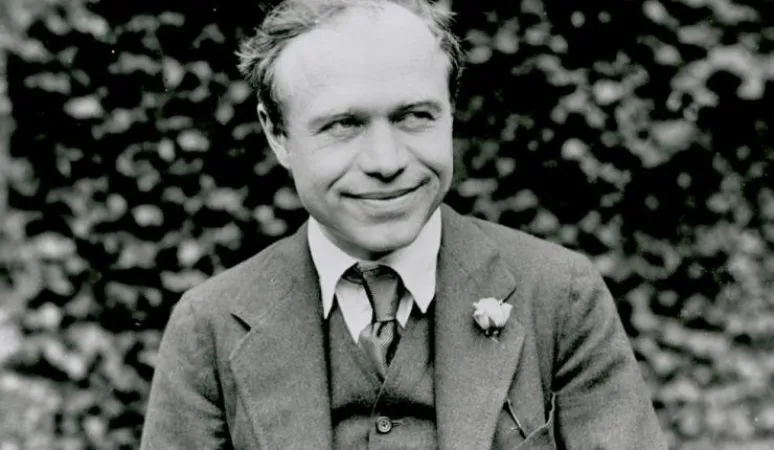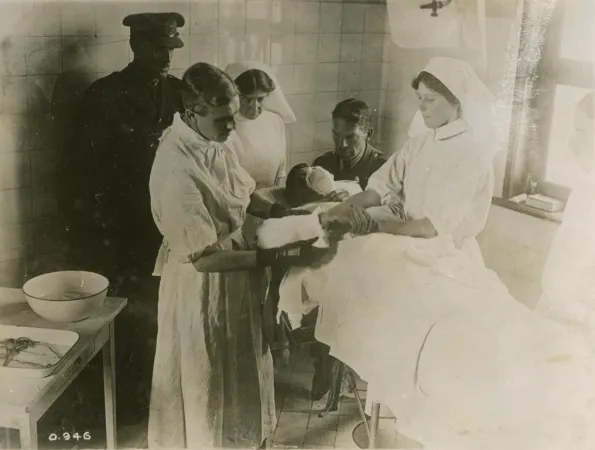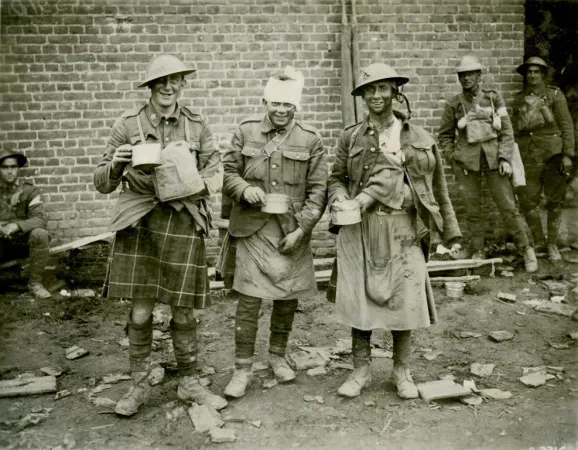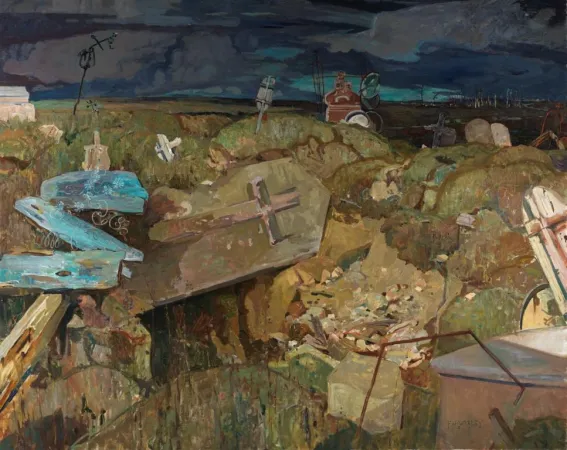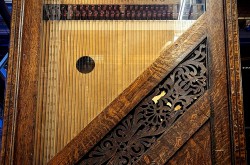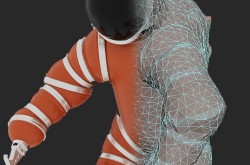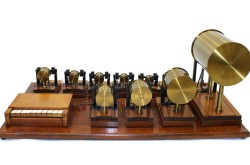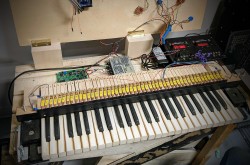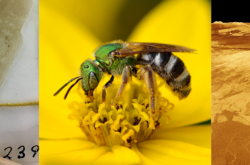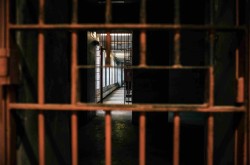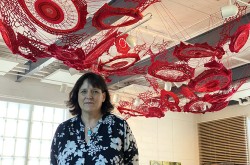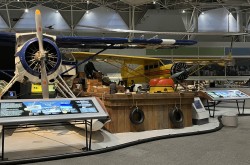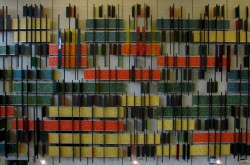Sir Max Aitken (Lord Beaverbrook): Documenting Canada’s Wartime Experience
This article was originally written and submitted as part of a Canada 150 Project, the Innovation Storybook, to crowdsource stories of Canadian innovation with partners across Canada. The content has since been migrated to Ingenium’s Channel, a digital hub featuring curated content related to science, technology and innovation.
Despite the enormous Canadian First World War effort, the government took a largely passive attitude to documenting the war. Luckily for Canada, and future generations, Sir Max Aitken (later Lord Beaverbrook) and Dominion Archivist Arthur Doughty successfully lobbied for better documentation and preservation of wartime activities. Aitken took it upon himself to establish the Canadian War Records Office (CWRO) in January 1916, with his own funds.
The CWRO had two functions: to publicize the Canadian war effort and to ensure that there was a historical legacy. These two functions complimented one another and, by early 1916, Aitken used his considerable political influence as Canada’s official Eye Witness, a newspaper baron, and a member of Parliament to convince the British War Office to allow him to put photographers, painters, and cinematographers in the field. All told, around 7,900 photographs were taken and 1,000 works of art were completed by approximately 100 CWRO artists to document Canada’s involvement in the First World War. The war art program has continued in various forms to this day. The collection is an important basis for research in many subject areas and is an invaluable source of information about Canada’s past.



